Facing Fire Panel Discussion and Art Museum Exhibit
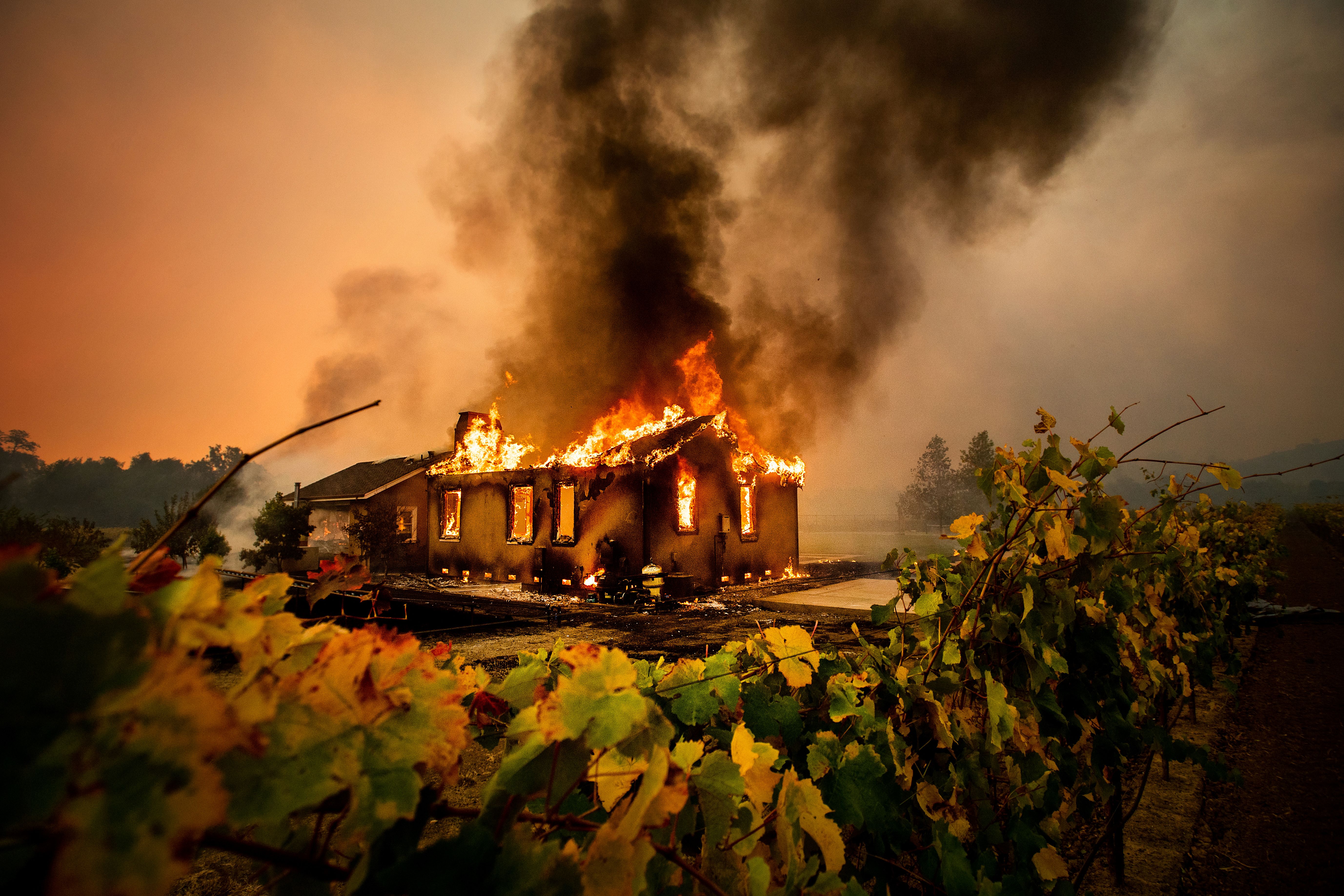
The Nora Eccles Harrison Museum of Art on the Utah State University campus is featuring an exhibit that is focused on wildland fire until mid-December and is called Facing Fire. The exhibit is a collection of photography, videography, music, ceramics, acrylics, watercolor, and more by 12 different artists. It is deeply emotional and touches on the beauty, terror, and existential nature of fire.
The exhibit shows us the way that fire can touch your life, both directly through evacuation or the loss of a home, and indirectly though vast billowing clouds of smoke. Here in the West, nobody is untouched by fire.
To promote the exhibit and discuss the issue of fire in the West further, a panel discussion took place on September 16, 2023. The "Facing Fire: Aesthetics, Environment, & Policy in the West" panel featured five panelists. The panel was moderated by Brian Steed, Executive Director of the Janet Quinney Lawson Institute for Land, Water and Air. The panelists came from a variety of backgrounds, including photography, painting, academia, and wildland fire.
The panel discussed a wide range of topics from the emotional impact of fire to the scientific and logistical impacts of fire. Here are a few memorable quotes from the panel discussion.
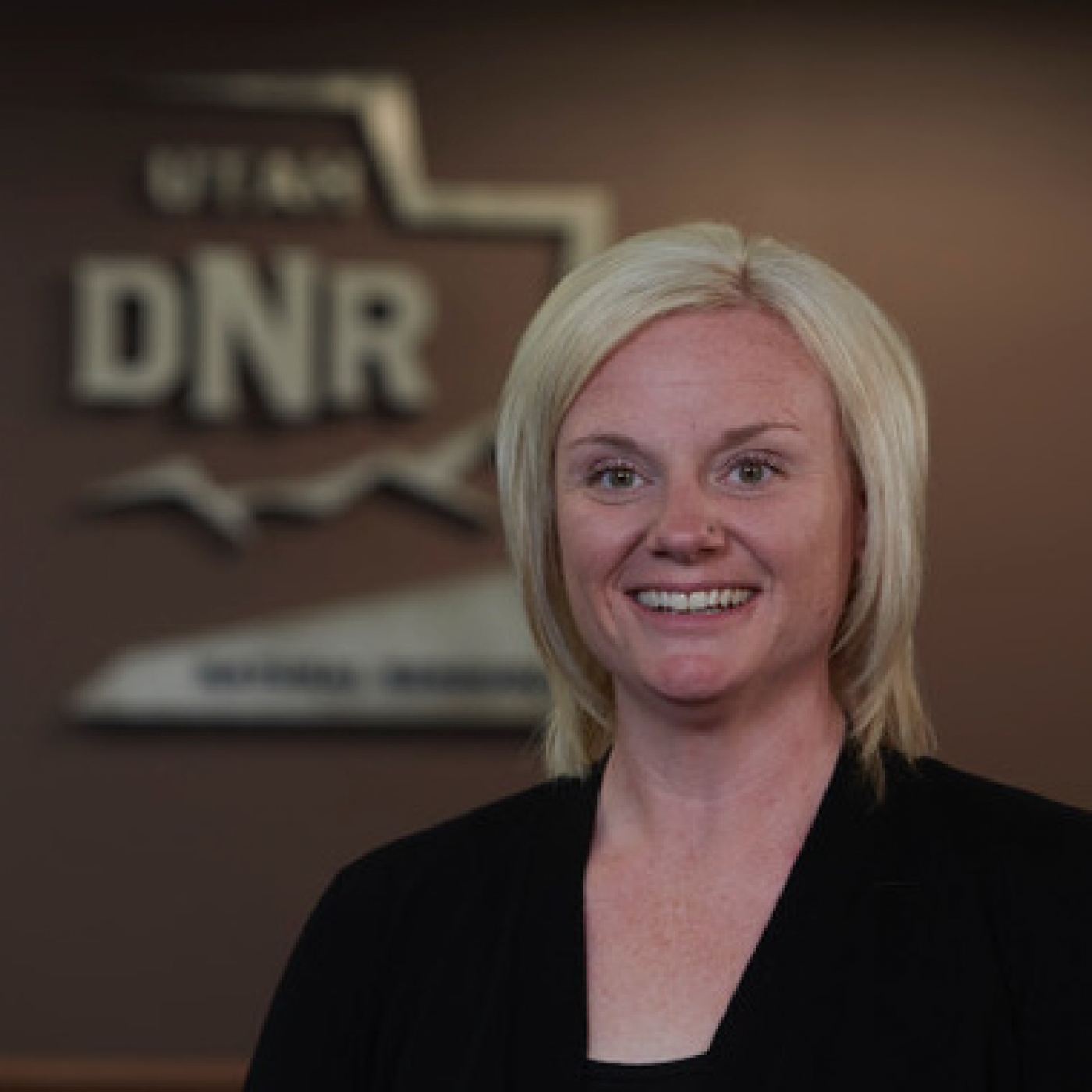
Jamie Phillips Barnes is the Director of Utah Division of Forestry, Fire, and State Lands. Her focus was on educating the public to reduce incidences of human-caused wildfires.
- "Education campaigns are reducing human caused wildfires… Education and management are critical.”
- "People need to know how fires are accidentally started."
- "You can teach people responsible campfire use, but some people just won't do it."
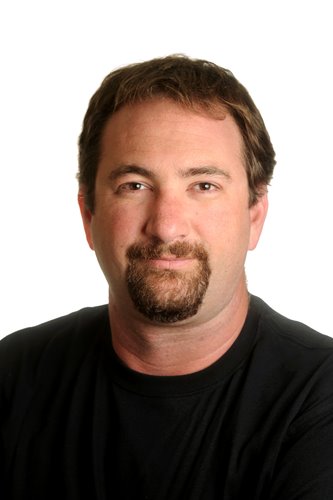
Noah Berger is a wildfire photographer for several newspapers and other companies. He described the challenges of photographing fire and the importance of paying attention to the immediate conditions.
- “When we're photographing fires, we always keep in mind our exit routes and safety zones.”
- "Fire tornadoes will shake any idea of safety – no amount of training or knowledge or preparation will help you if you get hit by one."
- "There are things that can be done [to reduce wildfire damage], but residents are resistant to change."

Samantha Fields is a painter and professor of art at California State University, Northridge. She discussed her creative process and the emotional intensity of fire and other disasters.
- "The first wildfire I ever painted was in Cedar City, Utah in 2007."
- "I make my paintings with air brushes, essentially painting atmosphere with atmosphere. I don't really touch my paintings."
- "After the Camp Fire, which destroyed the town of Paradise, I stopped actively photographing fire. It became too dangerous, and the evacuations too crucial. The fires move so fast now that there is no escape."

Eric LaMalfa is an ecologist and assistant professor at Utah State University. He focused on the reasons fire gets out of hand, including describing the conditions that are required for fires to break out in the first place.
- "The role of fire changes with invasive species and human values."
- "Cheatgrass forms mats in what used to be clusters of bunchgrass. Fires move faster and get bigger than in the past."
- "The time to use prescribed fire is when the stakeholders and the community are on board and ready to do it."
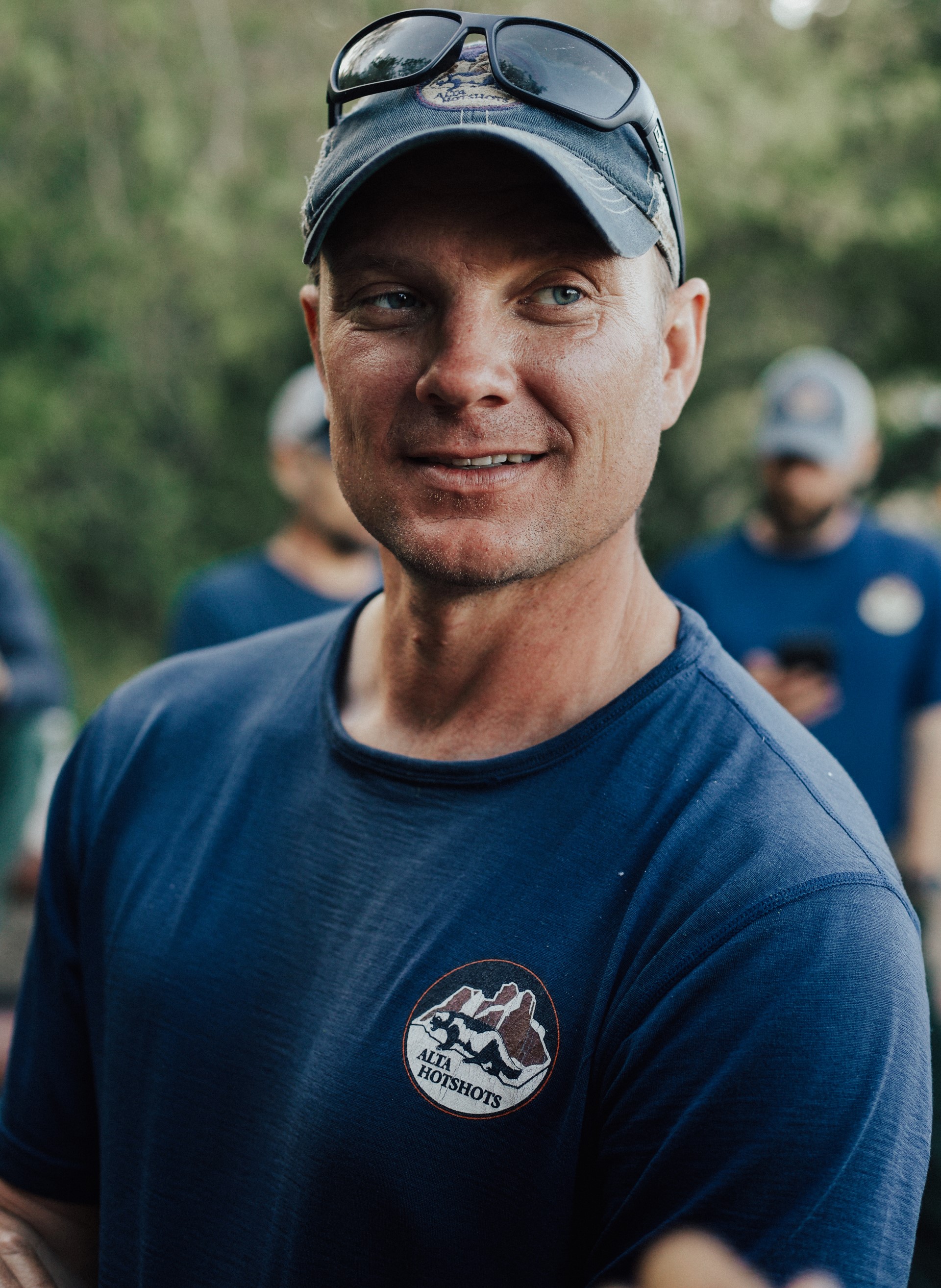
Wade Snyder is the Deputy State Fire Management Officer at the Utah Department of Natural Resources. His perspective focused on the direct fire management and suppression challenges.
- "Fire is beautiful – we have to train new firefighters to not just stare at the flames."
- "Fire is the only natural disaster we throw resources at to try to stop; everything else we just get out of the way."
- "Human caused fires start in the low ground and burn uphill, changing landscapes. Naturally started fires start high and burn downhill slowly."
You can watch the panel discussion on the Utah Public Radio website.
Visit the exhibit in person at the Nora Eccles Harrison Museum of Art on the Utah State University campus, or check out the virtual tour anytime.
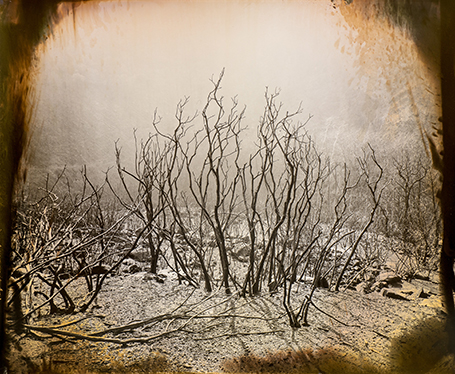
Luther Gerlach
Burning Bush, 2017

